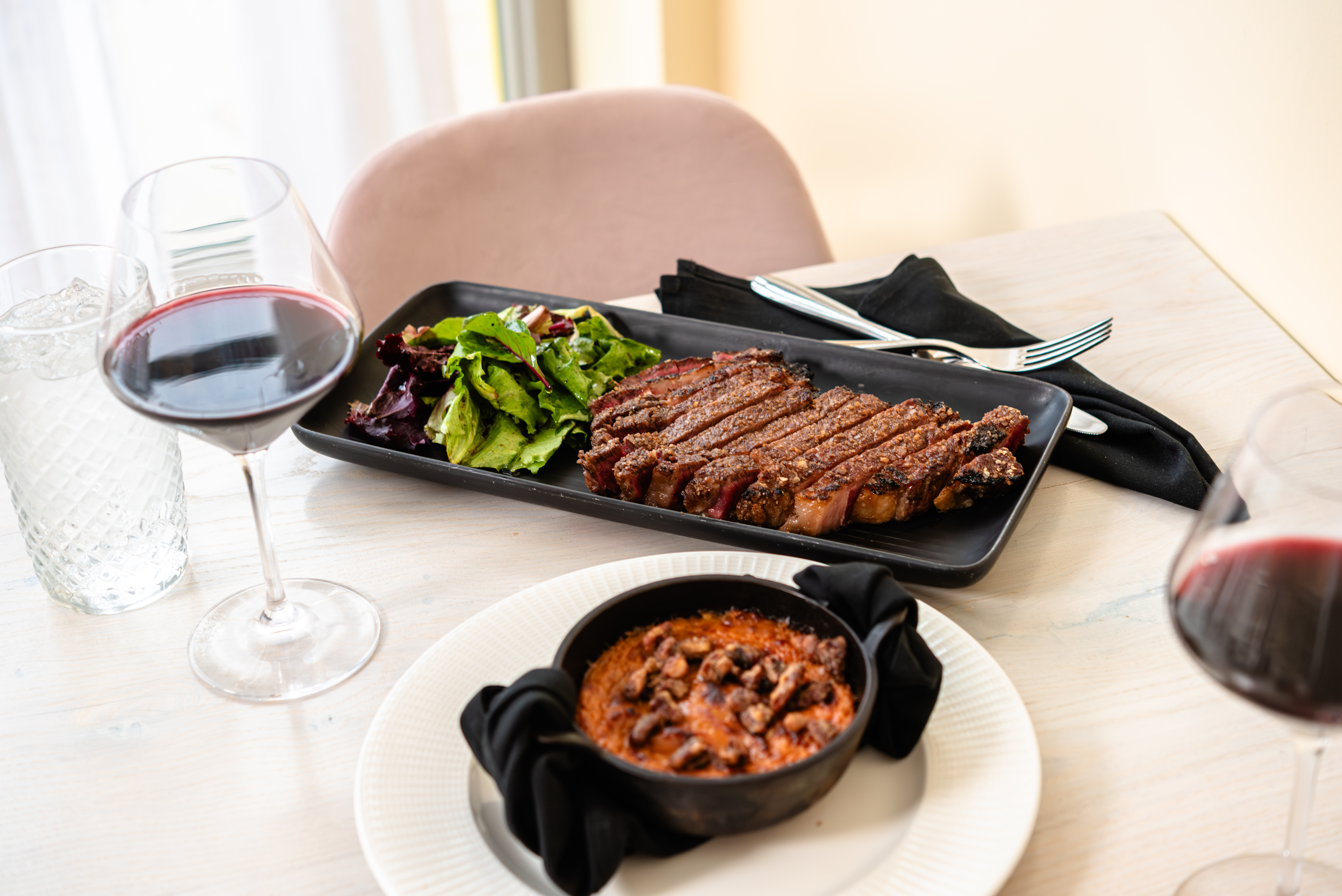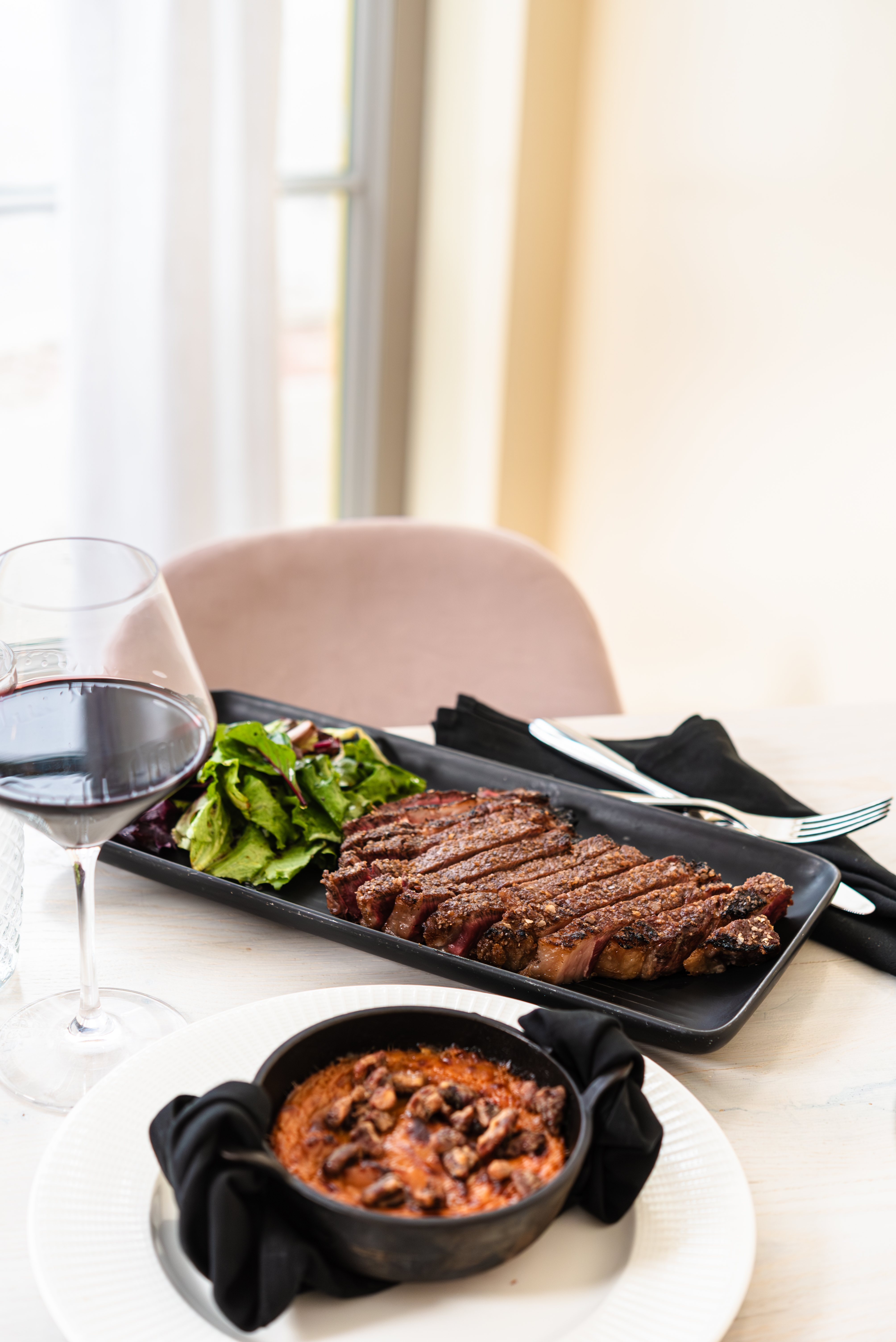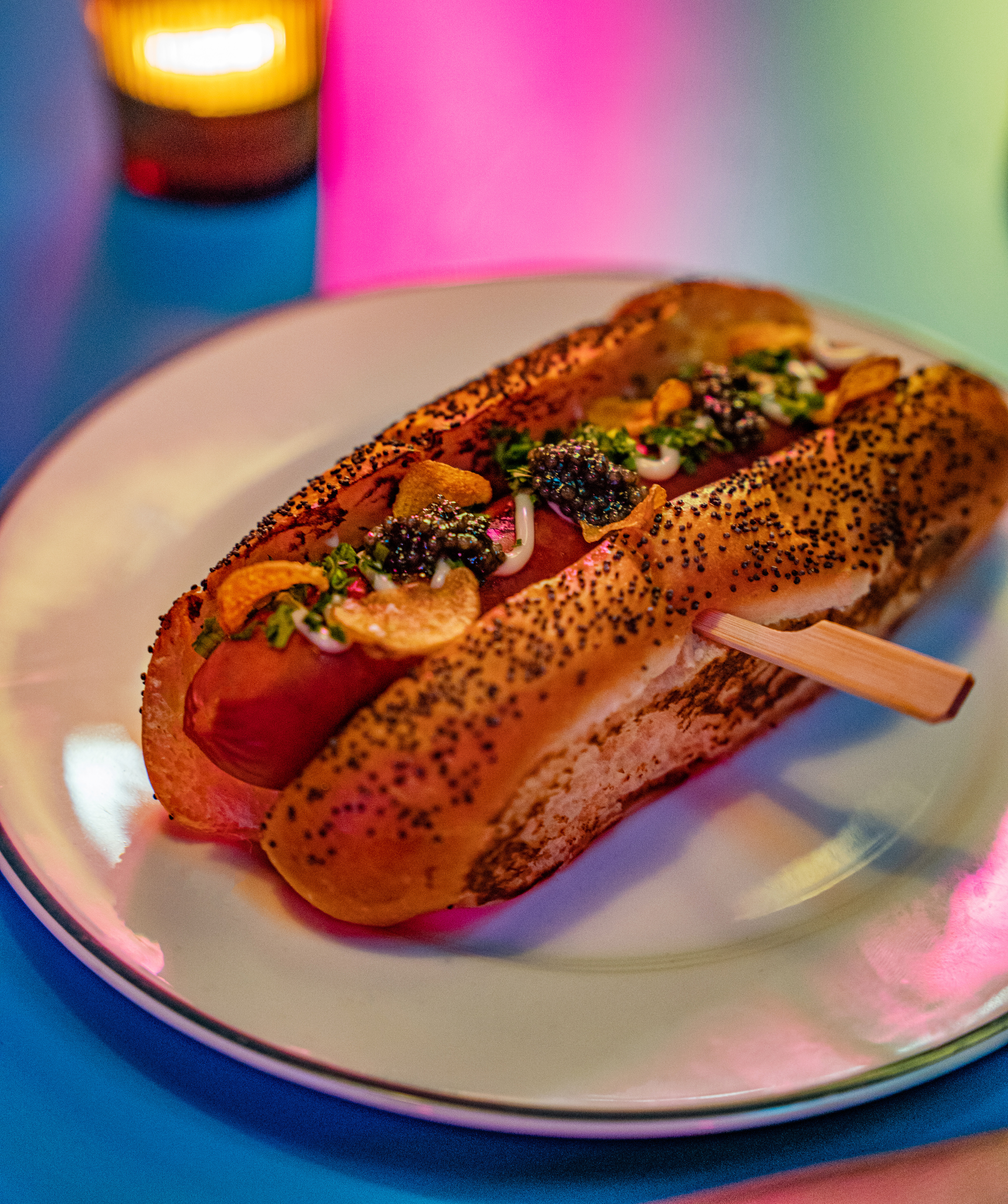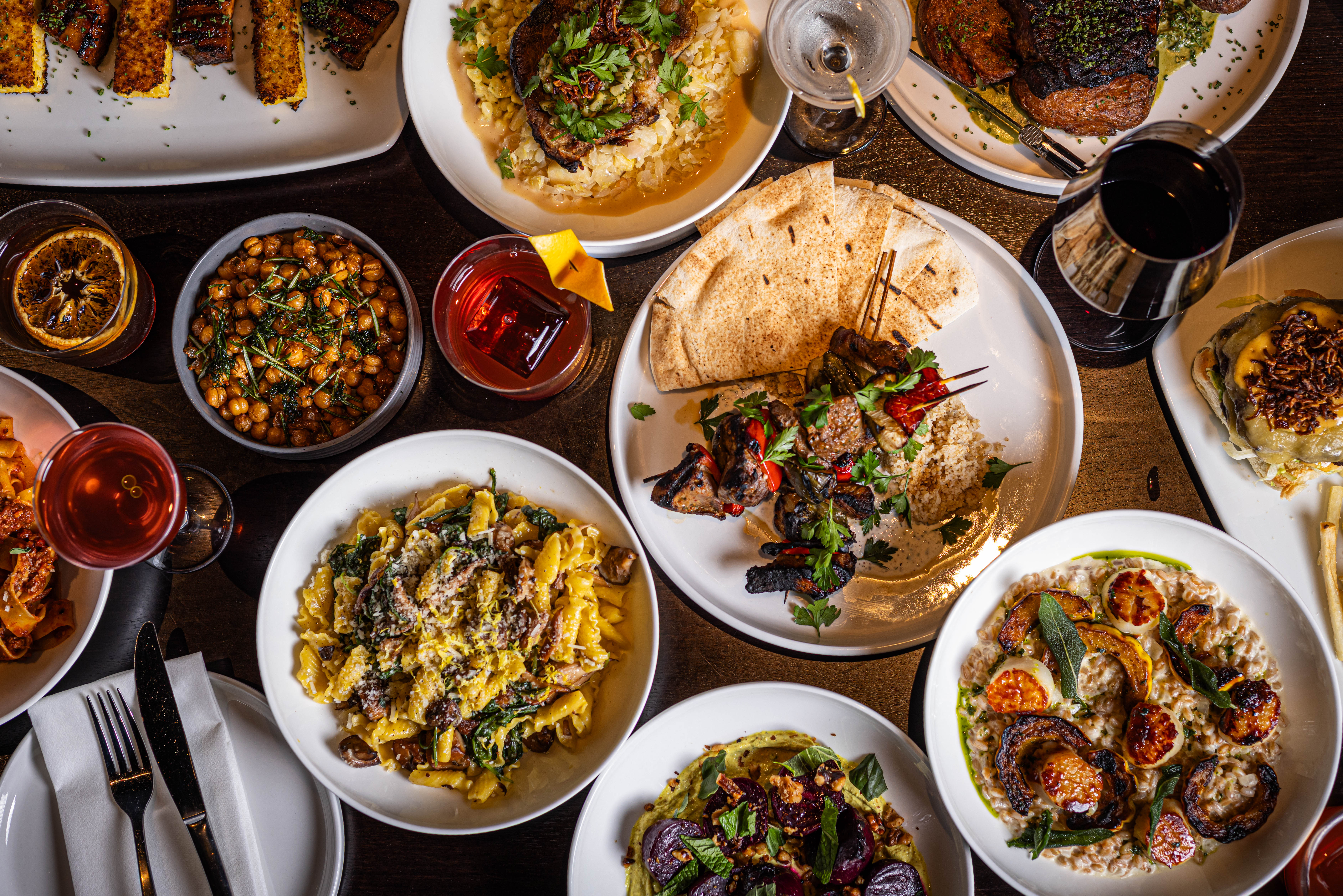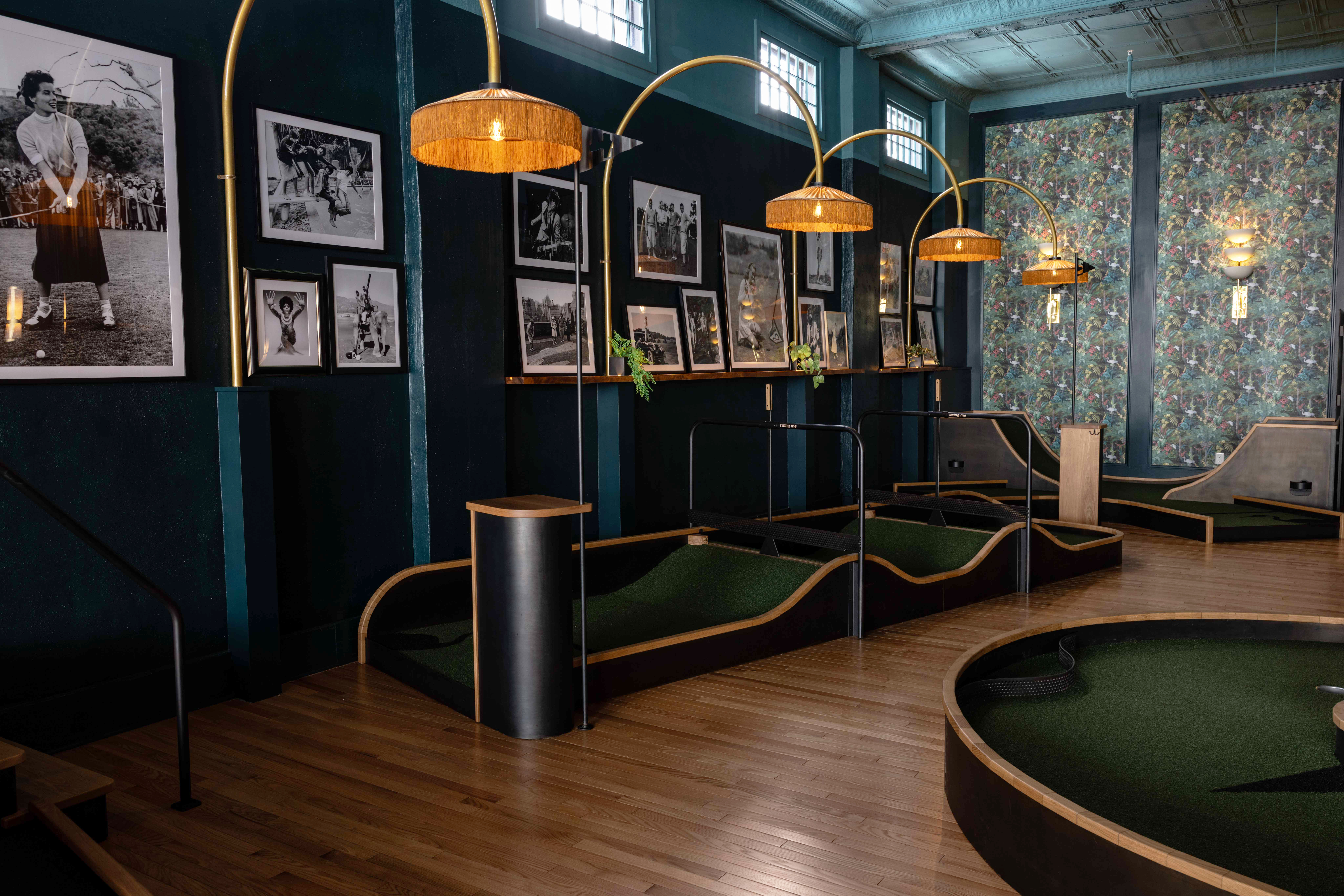Why Does My Burger Cost $15? Cleveland Restaurants Are Drowning Under Rising Food Costs
by Dillon Stewart | Aug. 18, 2022 | 12:00 PM

Madeline Salata
Michael Schoen, chef of Eugene Kitchen at BottleHouse Brewery, never imagined his Tinman Burger would cost $15.
“People just aren’t expecting that,” says the Lakewood chef, whose flagship burger is on the cheaper end for gourmet smashburgers at $13.50. “But it might have to happen.”
Over the past year, the cost of Schoen’s ingredients has skyrocketed by 30%. According to reports by the National Restaurant Association, wholesale food costs nationwide have risen by 15.6%.
Essentials like flour, butter and eggs have risen as much as 37%, 50% and even 259%, respectively. Beef, including the Certified Angus Beef Schoen sources from Cleveland’s Blue Ribbon Meats, is 36% costlier than last year.
And while overall menu prices have increased by 7.4% — the largest spike since 1981 — diners have come out in droves since the pandemic shutdowns.
“Your restaurant can be at max capacity and not be doing well,” says Schoen, who insists Eugene is not in danger of closing. “That’s tough to get across to people.”
Properly pricing food is an essential science for restaurants, and understanding food costs — the percentage of total revenue spent on ingredients and supplies — is step one. Traditionally, a restaurant can be profitable with overall food costs at 28% to 32%.
For example, Schoen priced out a single Tinman burger for us:
Bun: 42 cents
+ Beef: $2.65
+ Cheese: 29 cents
+ Special Sauce: 28 cents
+ Homemade pickles: 40 cents
+ Packaging: 69 cents
+ Cooking Gloves: 12 cents
Cost of Burger: $4.85
That’s a 37% food cost on a $13 burger. Two years ago, the same dish was about 22%. That’s not a 60% profit, of course. Labor (about 25%), rent and utilities (10%-15%), Uncle Sam’s cut (12%) and supplies such as cleaning and cooking products (about 5%) leave the profit margin at just 3% to 5%.
“You better sell a lot of burgers,” Schoen says.
If restaurateurs are taking a hit on burgers, imagine the losses on finer dining. Brad Friedlander, the restaurateur behind Red, the Steakhouse, has been in restaurants for nearly 20 years and confirms the industry is in uncharted territory.
“It was always a rough business,” he says, “but it’s gotten much tougher.”
In June, rising food and labor costs, as well as supply chain issues, forced him to close Cut151 Supper Club, his throwback steakhouse and seafood restaurant in Beachwood. Business was steady, he says, but labor and food costs made sustaining a well-staffed 14,000-square-foot restaurant impossible.
One popular loss leader (a dish that isn’t quite profitable but helps bring in customers) at Cut151 was crab legs. Friedlander charged about $65, based on sourcing crab for roughly $40 a pound. When he closed, crab legs were $75 a pound on a good day. If he was following that textbook model for restaurant pricing, the $65 plate should’ve cost diners more like $120 — a price sure to induce sticker shock.
“Who’s going to pay that?” he says. “We were already a high-priced restaurant.“
There are a few things a restaurateur can do to combat rising food costs. The most common is to raise prices, though many owners and chefs know there is a limit before customers balk.
The kitchen can also shrink portions; cut down on garnishes; and use cheaper, non-local ingredients. The front-of-house can be reduced — even down to almost nothing, as seen with the fast-casual trend. More creatively, restaurants design menus to draw customers toward their most
profitable dishes.
But there is another option — one we fear might become more common with the already astronomical startup costs.
“What are you crazy?” Friedlander says he’d tell someone interested in opening a restaurant.
So, you might be surprised to hear that Friedlander is already in the planning stages for his next project, despite closing two restaurants this year.
“I’m 72 years old. I’ve been working in kitchens since I was 12,” he says. “What else am I going to do?”

Dillon Stewart
Dillon Stewart is the editor of Cleveland Magazine. He studied web and magazine writing at Ohio University's E.W. Scripps School of Journalism and got his start as a Cleveland Magazine intern. His mission is to bring the storytelling, voice, beauty and quality of legacy print magazines into the digital age. He's always hungry for a great story about life in Northeast Ohio and beyond.
Trending
-
1
-
2
-
3
-
4
-
5





